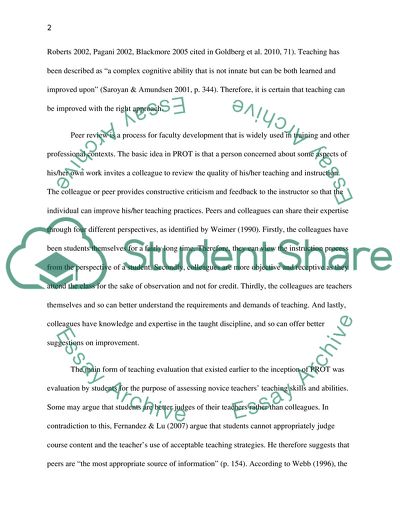Cite this document
(The Main Form of Teaching Evaluation: Teachers Teaching Skills and Research Paper, n.d.)
The Main Form of Teaching Evaluation: Teachers Teaching Skills and Research Paper. Retrieved from https://studentshare.org/education/1761869-peer-review-of-teaching-ma-tesol-dissertation-topic
The Main Form of Teaching Evaluation: Teachers Teaching Skills and Research Paper. Retrieved from https://studentshare.org/education/1761869-peer-review-of-teaching-ma-tesol-dissertation-topic
(The Main Form of Teaching Evaluation: Teachers Teaching Skills and Research Paper)
The Main Form of Teaching Evaluation: Teachers Teaching Skills and Research Paper. https://studentshare.org/education/1761869-peer-review-of-teaching-ma-tesol-dissertation-topic.
The Main Form of Teaching Evaluation: Teachers Teaching Skills and Research Paper. https://studentshare.org/education/1761869-peer-review-of-teaching-ma-tesol-dissertation-topic.
“The Main Form of Teaching Evaluation: Teachers Teaching Skills and Research Paper”, n.d. https://studentshare.org/education/1761869-peer-review-of-teaching-ma-tesol-dissertation-topic.


